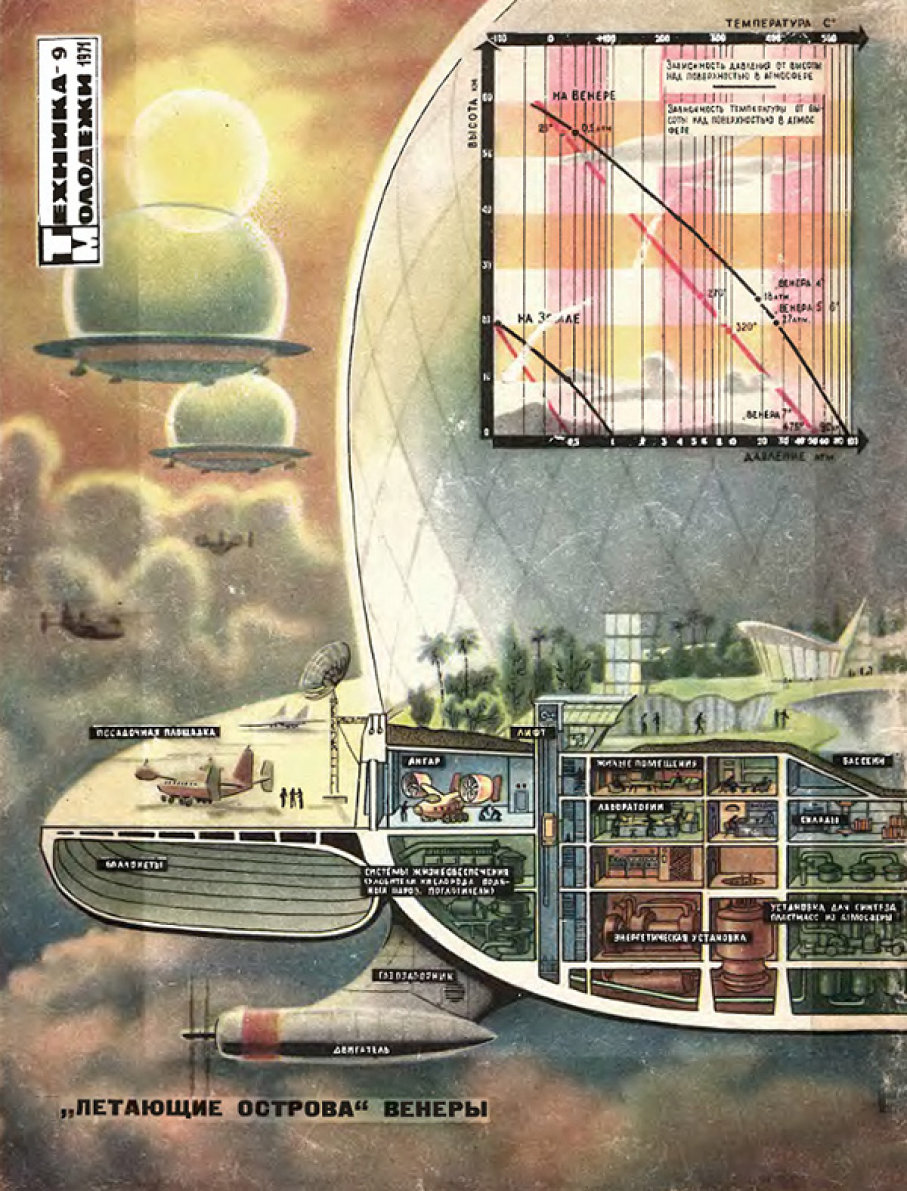October 30, 2018
Thoughts on Proxima B
Shortly after the discovery that Proxima Centauri, the closest star to our sun has a planet in the habitable zone, NASA pointed out that Proxima is known to be a flare star and the planet is so close that it would probably be grilled, baked and flash fried.

Now, two years later, they've finished a study adding potential variables to see if anything could mitigate the effects of the flaring, and surprisingly, there some scenarios which allow for a habitable planet and a few with a sort of Earthlike biosphere. These are HIGHLY speculative numbers as we know almost nothing about the planet except its orbit and mass. They are interesting nonetheless...
The odds are still on it being a burned out cinder, but even for this planet, that is not a given.
Note that the second closest planet to our solar system, (Ross128b) is a better candidate, not only because it doesn't face the flare issue, but is even closer in mass and temperature to Earth. With such variables as discussed in the Proxima-B video, its odds might be better still.

"Schweet!."
Posted by: The Brickmuppet at
10:41 PM
| No Comments
| Add Comment
Post contains 187 words, total size 2 kb.
October 21, 2018
Follow-Up on that Hardware Hacking Story
A few weeks ago we noted that Bloomberg had broken a HUGE news story that involved China inserting small chips onto mother boards that were intended to allow back door access to ALL THE HARDWARE.
A week or so later we noted that sourcing was rather....thin, and that no rice grain sized chips had been produced.
Now it appears that Apple (who has vociferously denied it all along) is demanding a retraction and apology from Bloomberg.
As Pixy noted in the comments to our first post on the matter, one of the reporters involved has a rather chequered history with computer spying stories.
To Wit:
one of the reporters on the Bloomberg story -- Michael Riley -- had also done a story back in 2014 making bold claims that the NSA had exploited the Heartbleed bug, and multiple other reports ripped that story to shreds, with multiple people denying it and no one else confirming it.
That TECHDIRT story goes on to suggest that Bloomberg has whittled away their credibility on this and "set fire to the scraps".
For example people quoted in the original story are strongly contradicting it.
All of Bloomberg's sources on this are and remain anonymous. So as of now, the story seems to be a dumpster fire, that still hasn't produced any spy chips or any evidence whatsoever.
None of this is to suggest that its a good idea to be subcontracting our most vital components to overseas slaves whose masters hate our guts, or that this isn't an obvious and even likely threat. However, IF this story is in fact bunk, (as now seems likely) the "Cry Wolf Effect" will make it harder to prepare for such matters. Furthermore if this is bunk then those of us who reported it credulously will find it harder to be believed when it does come to pass.
If I were the CCP, that would suit me just fine.
Posted by: The Brickmuppet at
02:03 AM
| Comments (1)
| Add Comment
Post contains 327 words, total size 3 kb.
October 17, 2018
Project H.A.V.O.C.
While the acronym does accurately convey the idea, the High Altitude Venus Operational Concept acronym might need some tweaking for PR reasons.






In any event, the project is quite interesting and NASA's announcement Monday that it is seriously considering it for one of its upcoming manned missions is genuinely exiting. Conceived by N.A.S.A.'s Langley Research Center, H.A.V.O.C. has actually been around for a few years, Scott Lowther did an extensive write up on it in U.S. Spacecraft Projects #5 earlier this year.
The concept involves using a rocket to go to Venus, (which actually is easier to get to than Mars) which will drop a manned survey vehicle into the atmosphere.
So far so good, except that as we all know, Venus's surface temperature is that of molten lead, its pressure is higher than in the Marianas Trench and after CO2 and Nitrogen, the most common atmospheric gas is sulfuric acid. Also it's gravity is about the same as Earth and so would require a full sized ( Titan or bigger) acid proof rocket to get the crew back into orbit in the unlikely event they weren't baked, dissolved, and crushed.
This is why Venus has not been on N.A.S.A.'s shortlist for places to visit.
Fortunately there is an amazingly cutting edge technology that allows a manned survey of Venus.
The Blimp!
The High Altitude Venus Operational Concept takes advantage of the fact that temperatures 34 miles above the surface are around 80 degrees and the pressure is that of Boulder Colorado. However because the CO2 atmosphere is much denser than nitrogen, earth air is a lifting gas at that altitude.

"Dirigibles in space!"
So the idea is to inflate the "landing" party's ship on the way down and have it double as a 423 foot long airship, (Actually a manned, dirigible, rockoon) and then fly around the planet for a few weeks or months doing more detailed surveys than can be done from orbit and tele-operating probes on the surface. This also allows for detailed chemical analysis of the atmosphere, using sensors lowered on tethers into the dense lower atmosphere, much like a oceanographer uses Nansen bottles to sample the deep.
After completing the mission, the Blimp will launch a rocket from high altitude (Like a Pegasus) and transport the crew into space, where they'll rendezvous with their mother ship and return to Earth.
Assuming an acid proof blimp, Venus is actually much safer than Mars for the astronauts. The gravity is about the same as Earth, the thick atmosphere plus the planet's weak magnetic field would protect the crew from cosmic rays even better than earth does. Venus is much easier to get to and launch windows open much more often than they do for Mars. Two precursor missions, one manned but confined to orbit and one using a 1 quarter scale drone dirigible to test acid proofing and demonstrate that the inflation/deployment system works would precede the crewed Venus blimp sortie..
This is a very good idea for an icebreaker mission. It's more advanced than the moon or asteroid missions currently in the pipeline but still far quicker, easier (and probably safer) than the upcoming mission to Mars. Such a mission would be far shorter in duration than a Mars landing and would be a nice stepping stone on the way to those missions as well as expeditions to the asteroids Mercury, Ceres and Callisto. Flags and footprints albeit without flags or dirty feet (but with a blimp!).
So, today we've discussed rockets, space travel, a manned mission to the planet Venus and an airship, nay, a rockoon even! The only thing that would make this cooler is a swordfight.
Or floating cities...
The fact that air is a lifting gas means that large, long term settlements are theoretically possible, with all the advantages regarding radiation and gravity listed above. Even the sulfuric acid is not that big a problem as it is mostly below the altitudes proposed, where it is quite dilute. In fact, the temperatures while hotter than Death Valley are such that one could could probably do something one can do nowhere except Earth: step outside in a birthday suit and survive as long as one could hold one's breath (but run to the cold shower/eyewash station afterwards!). As an added bonus, unlike anywhere except Titan, due to the sheer density of the CO2, such cloud cities would also be far better protected against meteor strikes than any city on Earth.

A 2015 study at Rutgers (preliminary draft here) published the above artwork some time ago to illustrate what a (very hypothetical) more permanent research station might look like and news reports on Monday's announcement almost universally featured the below N.A.S.A. image of a large floating outpost acting as a tender to several H.A.V.O.C. type airships.

Both of these are very ambitious indeed and probably quite far term. For one thing, despite its advantages, Venus would seem to make little sense as a location for space cities, as they'd be far down a gravity well, there's no water except what one can crack from the sulphuric acid and no easy way to bring in supplies from asteroids. In an O'Neal cylinder or on the surface of a planet like Mars a major damage incident is survivable with space suits and repair teams, on Venus if you balloon deflates you're baked, dissolved, and crushed.
So unless the view of the clouds is SPECTACULAR and sufficiently so to somehow justify interplanetary tourism, there's little reason to believe that there would ever be any kind of permanent outpost on Venus.
I mean what could Venus produce that has real value and couldn't be gotten FAR easier somewhere, indeed anywhere else?

"PHOSPHOROUS!"
Oh right...
One of our Crack Team Of 2-D Science Babes reminds us of this paper (PDF) we perused recently that reviewed what scientists know about Venus's atmosphere. Here's an interesting excerpt...
Venera 13, Venera 14, Vega 1, and Vega 2 descent probes all carried X-ray fluorescence instruments. These instruments measured elemental composition of the cloud particles and found not only sulfur, but also phosphorus, chlorine and iron – notably, as much phosphorus as sulphur in the lower clouds below 52 km [Andreichikov et al, Sov. Astron. Lett. 1986, 1987]. A chemical analysis by Krasnopolsky [PSS, 1985] con- cluded that the phosphorus could be in the form of phosphoric acid (H3PO4) aerosols, which would ac- count for the particulates observed by descent probes down to 33 km altitudes
Emphasis is mine.
Phosphorus, is not a trivial thing.
Phosphorus is absolutely vital to life and while theoretically common on earth is concentrated in useable forms mainly in living organisms and in phosphate rocks (mostly fossils of dead organisms). The amount of free phosphorous pretty much dictates the carrying capacity of the planet and it is a real concern for food production as phosphates are a finite resource. Furthermore, additional sources of phosphorus need to be found if humanity is going to expand into space. such deposits are presumed to exist, but on Earth they seem to have been concentrated by biological action leaving a bit of a chicken-egg problem finding it off planet. Even without off planet colonization phosphorous shortages represent a potential disaster for human food supplies. There is discussion of peak phosphorus here, here and here.
Even if the perils of peak phosphorus are overstated, it IS a finite resource and most off planet settlements are going to require off planet sources of phosphorus if they are to expand. Phosphorus could well end up being something akin to the dilithium, quanticum 40,or spice Melange of the real future. The only extraterrestrial places that I've read that it exists in other than trace amounts is the above mentioned cloud layer on Venus and the red clouds of Jupiter (bound in phosphene).
This moves the notion of a floating city on Venus from technically feasible to potentially practical and indeed desirable. See, if the Soviet probes were correct, then there is, in Venus's lower atmosphere, phosphorus (in gaseous form) in greater concentrations than the ubiquitous sulfur. You'd need to pump up atmosphere near the surface, filter out the undesirable stuff and if its phosphoric acid then you have to take out the water and oxygen (I'm sure uses can be found for those) I don't know what reagents might be necessary but this represents a steady supply of phosphorous.
But wait...there's more. Venus has more sunlight than earth, a zillion times as much CO2, and about 4 times as much atmospheric nitrogen as Earth. There's also water to be had from the phosphoric and sulphuric acid. And remember you're better protected from meteor strikes and cosmic rays than on Earth. A Venusian phosphorus-gas mine could grow all its own food.

Art from Technica Molodezhi TM - 9 1971 a Soviet Science Magazine
In the longer term, expanding upon such floating farms, Venus could be the breadbasket of the solar system. All that stuff that can be got so much easier on Luna, Mercury, Mars or The Belt? Well, the cloud cities of Venus ought to be able to just buy them. Of course you have solar power out the wazoo so it's at least conceivable that such an outpost might make something useful out of the carbon in the CO2. Note too that the referenced report also mentions the apparent presence of gaseous iron compounds in the lower atmosphere which might be industrially exploitable as well. Finally, Venus has, as mentioned, well more that three Earths worth of nitrogen in its atmosphere. If Venus sold Mars an atmosphere, there'd still be enough left over for thousands of O'Neal Cylinders. Venus has the potential to be not only self-sufficient but an exporter of food, fertilizer and air.
Of course for any of that that to eventually come to pass we need to confirm the Soviet probe data and do close surveys of the planet. N.A.S.A. seems to be planning just that in the next decade.
This is awesome. Even putting aside the longer term speculations; the fact that N.A.S.A. is looking at innovative missions like this is truly heartening.
With regard to the more ambitious proposals, I think we should begin a movement to have high pressure gaseous phosphoric acid referred to by the trade name "Tibanna".

Art by Ralph McQuarrie
UPDATE:
:Fixed some typos.
:Added 2 additional pictures
:While trying to hunt down a picture credit I discovered that there is an extensive disquisition on the topic of Venusian settlement and even terraforming from 2014 here.
UPDATE 2:
:Thanks to Pete Zaitcev in the comments there are some links to much earlier thoughts by John Goff on the matter regarding safe rocket recovery here and here as well as Venusian industrial chemistry here and here.
:Thanks to Pete Zaitcev in the comments there are some links to much earlier thoughts by John Goff on the matter regarding safe rocket recovery here and here as well as Venusian industrial chemistry here and here.
Crackerjack 2-D Science Babe is Rikka from Haganai
Posted by: The Brickmuppet at
08:38 AM
| Comments (6)
| Add Comment
Post contains 1799 words, total size 17 kb.
<< Page 1 of 1 >>
51kb generated in CPU 0.0965, elapsed 0.181 seconds.
69 queries taking 0.1671 seconds, 280 records returned.
Powered by Minx 1.1.6c-pink.
69 queries taking 0.1671 seconds, 280 records returned.
Powered by Minx 1.1.6c-pink.









